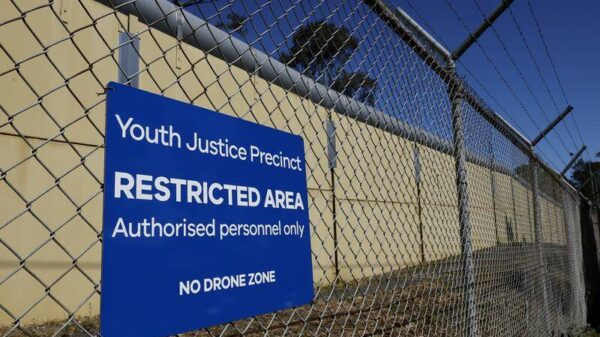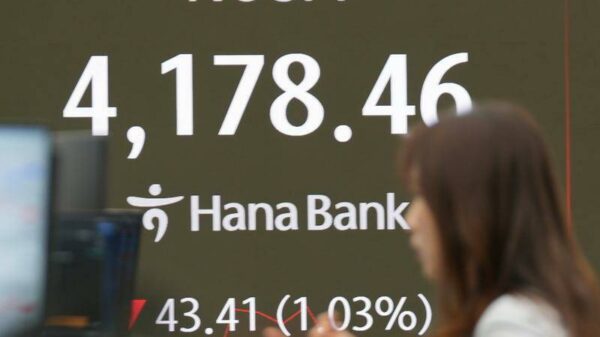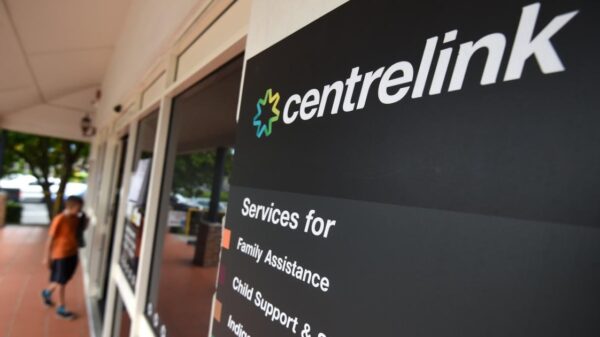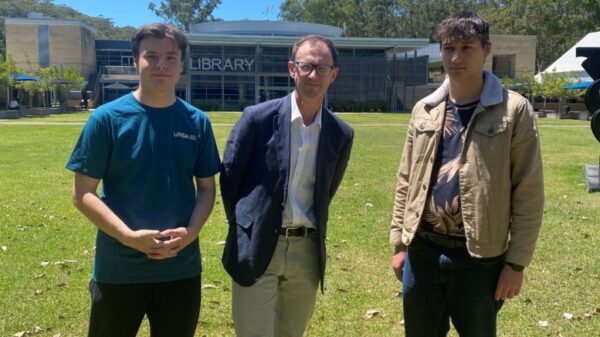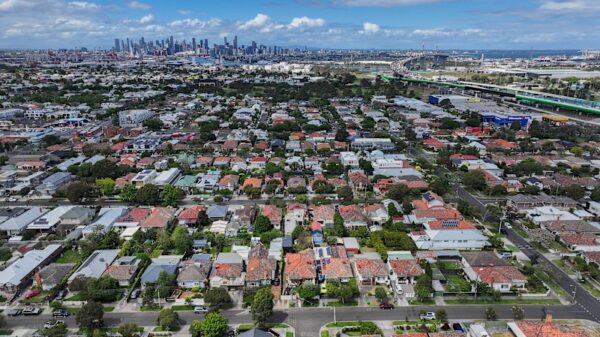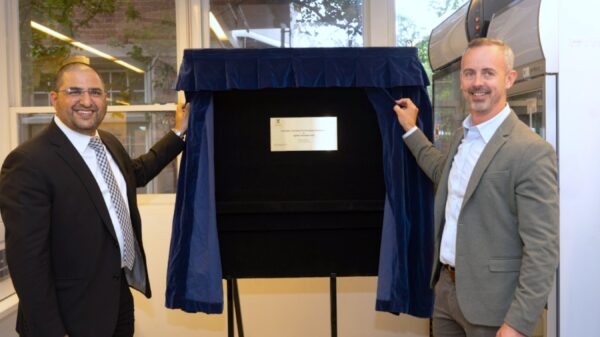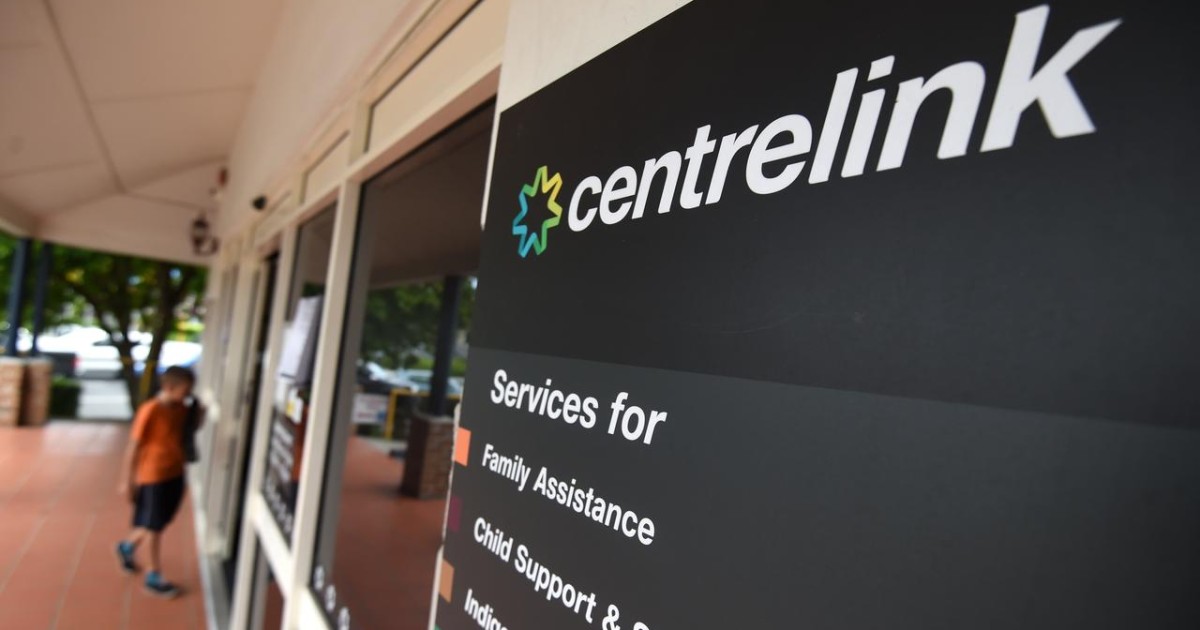A misleading claim circulating on social media suggests that 50 per cent of Australia’s population is on welfare. However, experts assert that the actual figure is significantly lower, with estimates indicating that between 20 and 25 per cent of Australians receive some form of government income support.
The assertion originated from a Facebook video featuring an AI-generated woman who advocates for an “end to mass immigration,” stating, “And 50 per cent of our population are now on welfare.” AAP FactCheck reached out to the administrator of the Facebook page for evidence to support this claim but did not receive a response. The basis for the claim remains unclear, though it may stem from a headline in the Australian Financial Review that reported, “More than half of voters now rely on governments for most of their income.”
This headline was derived from a paper published by the Centre for Independent Studies, which suggested that it was “likely that more than half of voters rely on government for most of their income.” The estimate was calculated by considering employees in sectors such as public administration, education, and health care, which together account for approximately 31.3 per cent of the workforce.
Experts clarify that the claim in the Facebook video is incorrect. Using data from the Department of Social Services (DSS) as of June 2025, associate professor Bruce Bradbury from the University of New South Wales found that just over 5.4 million people—equivalent to 19.7 per cent of the population—received direct income support payments, which include study allowances, JobSeeker, and pensions. Among these, around 2.66 million individuals were receiving the aged pension.
In addition, approximately 148,594 people received a veteran pension or compensation, although some may also be counted as recipients of other forms of income support. The total number of individuals receiving government income support thus rises to about 5.56 million, or 20.2 per cent of the population. This figure does not include children living in households that receive government support, with 18.7 per cent of the population being under 16 years old.
Expert on basic income and social policy, Jenni Mays from Queensland University of Technology, emphasized that the claim appears to overestimate the proportion of Australians on income support. She referenced data from the Australian Institute of Health and Welfare, which reported that as of March 2025, about 5.3 million people aged 16 and over—or 19.2 per cent of the total population—were receiving income support payments. Notably, more than half of those on income support were aged 65 or over.
The proportion of Australians receiving income support has decreased since 2012, although there has been a slight increase since 2023. This decline contrasts sharply with the inflated figures presented in the video.
Public policy expert Peter Whiteford from the Australian National University described the claim as “rubbish.” He noted that while the DSS data captures the number of income support recipients at a single point in time, alternative estimates can be derived from household income distribution data provided by the Australian Bureau of Statistics. The latest data from 2019-2020 indicated that 22 per cent of households depended on government pensions or allowances as their primary income source.
Whiteford also pointed out that this household income distribution data may undercount individuals receiving social security benefits, as it does not include transient individuals or those living in non-private accommodations. Another method to estimate welfare recipients is through the Household, Income and Labour Dynamics in Australia Survey, conducted by researchers at the University of Melbourne. The latest report covering the year ending June 30, 2023, indicated that 14.7 per cent of individuals aged 18 to 64 received income support payments at some point during the year.
In total, 25.4 per cent of survey respondents aged 18 or older reported receiving some form of income support.
AAP FactCheck is an accredited member of the International Fact-Checking Network, dedicated to ensuring the accuracy and objectivity of its findings. The organization continues to monitor and verify claims circulating in the media and social platforms to provide the public with reliable information.




